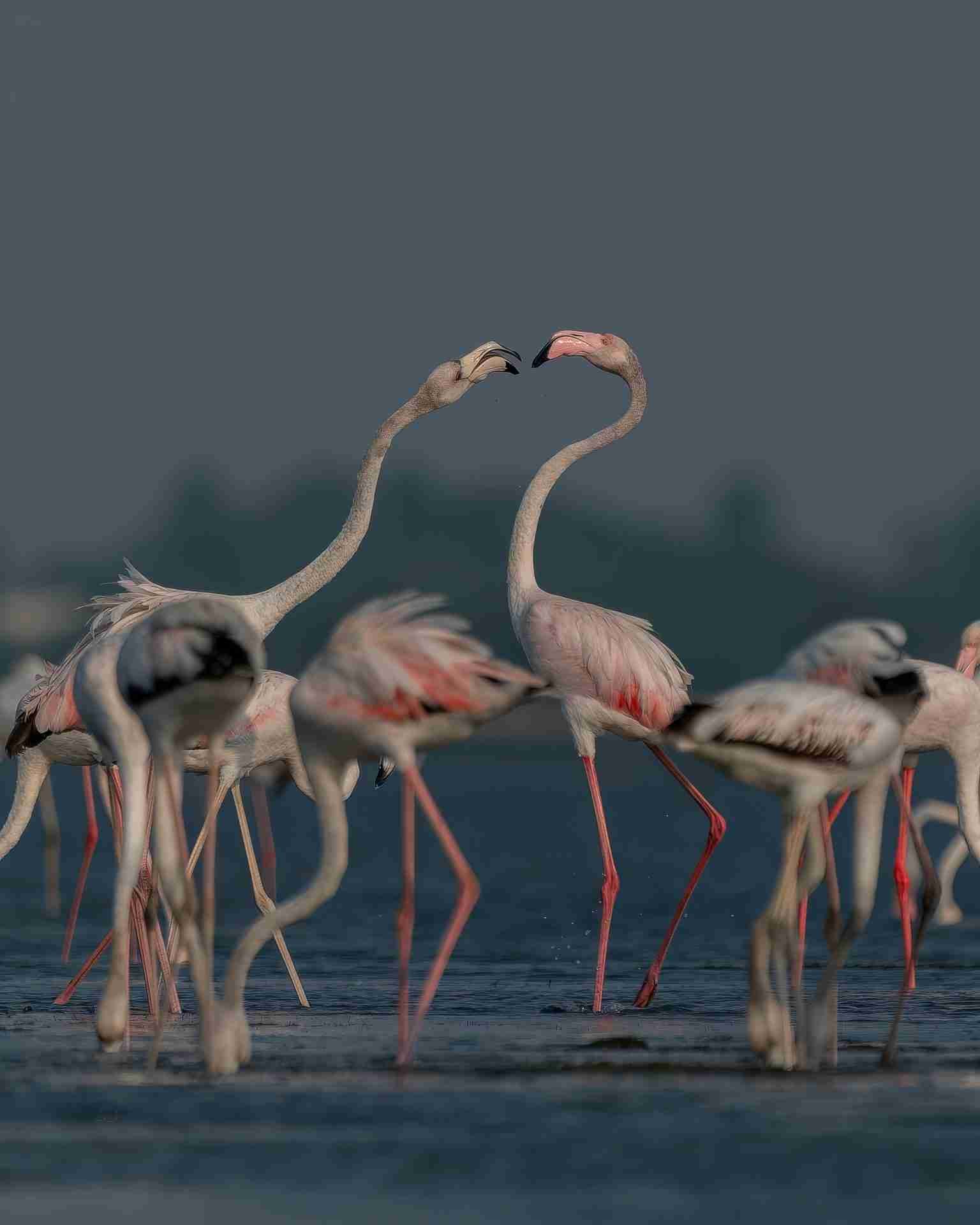Seasons of Adventure: Family-Friendly Outdoor Activities in Cyprus
Venturing outdoors offers families in Cyprus a refreshing getaway, providing plenty of chances for bonding and fun all year round. From the blooming of spring to the warmth of summer, the coolness of fall, and the peace of winter, each season brings a variety of activities. Now, let’s explore seasonal outdoor activities perfect for families looking to make special memories in Cyprus’s beautiful natural surroundings.
As spring awakens, it beckons families to enjoy the outdoors. This season is perfect for exploration. Equip yourselves with a bird guidebook and binoculars, and go on a nature walk. Spring is a great time for birdwatching, as many species return from migration. Gardening is a wonderful educational activity for children, teaching them about plants and responsibility. Whether caring for a flower bed or growing vegetables, the joy of nurturing and seeing growth is priceless. Take out your bicycles and explore local trails. Cycling in spring offers beautiful views of blooming landscapes and is a great workout for the whole family.
Summer in Cyprus embodies outdoor enjoyment and offers a plethora of family-friendly activities. From constructing sandcastles to testing watersports like kayaking or paddleboarding, beaches provide endless entertainment for all ages. Camping beneath the star-studded sky allows families to disconnect from technology and reconnect with each other and nature. Summer presents an ideal opportunity to explore hiking trails and national parks. Select trails suitable for your family’s fitness level and remember to carry an ample supply of water and snacks.
With its crisp air and vivid hues, fall sets the stage for memorable outdoor family experiences. Consider taking a leisurely drive through the countryside to admire the kaleidoscope of autumnal foliage—a serene way to appreciate nature’s beauty. Additionally, you can visit a local orchard for apple picking; many orchards also host harvest festivals featuring hayrides and corn mazes, providing entertainment for the entire family. Don’t forget to pack a picnic and head to a nearby park; the cooler temperatures and vibrant scenery create a perfect backdrop for outdoor dining, enhancing the overall experience.
Winter blankets Cyprus’s landscapes in a snowy embrace, transforming them into enchanting wonderlands. To make the most of this magical season, seek out a local hill for an exhilarating day of sledding. Alternatively, for a more serene adventure, consider snowshoeing along snowy trails. Moreover, many towns in Cyprus set up outdoor ice rinks during winter, providing a fun and active way to embrace the season. Additionally, keep an eye out for winter festivals featuring activities like ice sculptures and hot cocoa stations. Furthermore, building a snowman or snow fort never fails to evoke timeless joy, encouraging creativity and physical activity—ideal for family bonding amidst the wintry landscape.
Each season in Cyprus offers distinct opportunities to explore and appreciate the outdoors. Additionally, engaging in these activities not only strengthens familial ties but also fosters a lifelong reverence for nature in children. Whether it’s observing the return of birds in spring, basking in the summer sun on a kayaking adventure, leisurely strolling through autumn’s vibrant hues, or joyfully frolicking in winter’s snowy wonderland, it’s important to remember that the fondest family memories often stem from the simplest of activities, amidst the breathtaking beauty of the natural world. So, embrace each season with open arms and an adventurous spirit!







